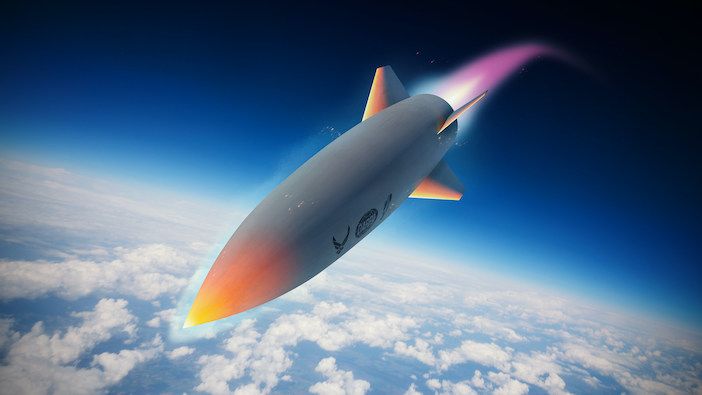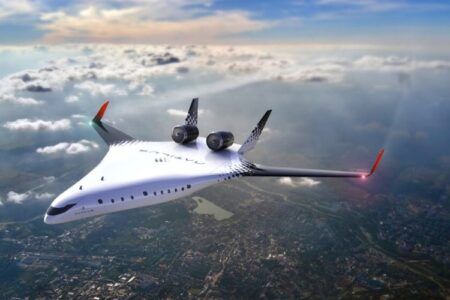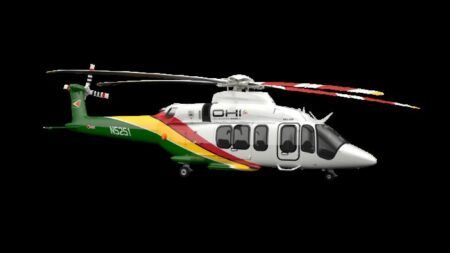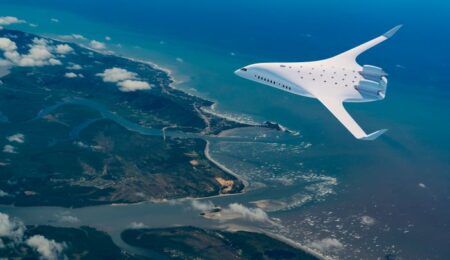DARPA and the US Air Force has recently completed a flight test of the Lockheed Martin version of the Hypersonic Air-breathing Weapon Concept vehicle.
The Defense Advanced Research Projects Agency’s (DARPA) Hypersonic Air-breathing Weapon Concept (HAWC) program is developing and demonstrating technologies for air-launched hypersonic cruise missiles. The program is looking at different designs, hydrocarbon scramjet-powered propulsion, different ways to deal with the heat effects experienced at hypersonic speeds and different manufacturing approaches.
During the recent test flight the Lockheed Martin HAWC vehicle was released from a carrier aircraft, whereupon its scramjet engine was fired and it reached speeds of more than Mach 5 and altitudes greater than 65,000ft.
The Lockheed Martin HAWC uses an air-breathing engine made by Aerojet Rocketdyne. Air-breathing engines take air from the atmosphere to achieve sustained propulsion.
Andrew Knoedler, HAWC program manager in DARPA’s Tactical Technology Office said, “This Lockheed Martin HAWC flight test successfully demonstrated a second design that will allow our warfighters to competitively select the right capabilities to dominate the battlefield.
“These achievements increase the level of technical maturity for transitioning HAWC to a service program of record.
“We are still analyzing flight test data but are confident that we will provide the US Air Force and Navy with excellent options to diversify the technology available for their future missions.”
John Clark, vice president and general manager of Lockheed Martin Skunk Works said, “Our work with DARPA and AFRL on the HAWC program demonstrates that air-breathing hypersonic systems are a cost-effective solution to address rapidly emerging threats in the global security arena.”
“The success of this flight test is evidence that a strong partnership between government and industry is key to solving our nation’s most difficult challenges and enabling new capabilities to counter threats to US and allied forces.”
DARPA’s HAWC program also ran a successful test flight last September, when a different vehicle configuration made by Raytheon and Northrop Grumman also reached hypersonic speeds during its flight.
Related Stories
NASA engineers successfully launch key hypersonic flight test
How a new multimillion research center will accelerate the development of hypersonic air vehicles
Swiss startup Destinus ramping up hypersonic aircraft development program





